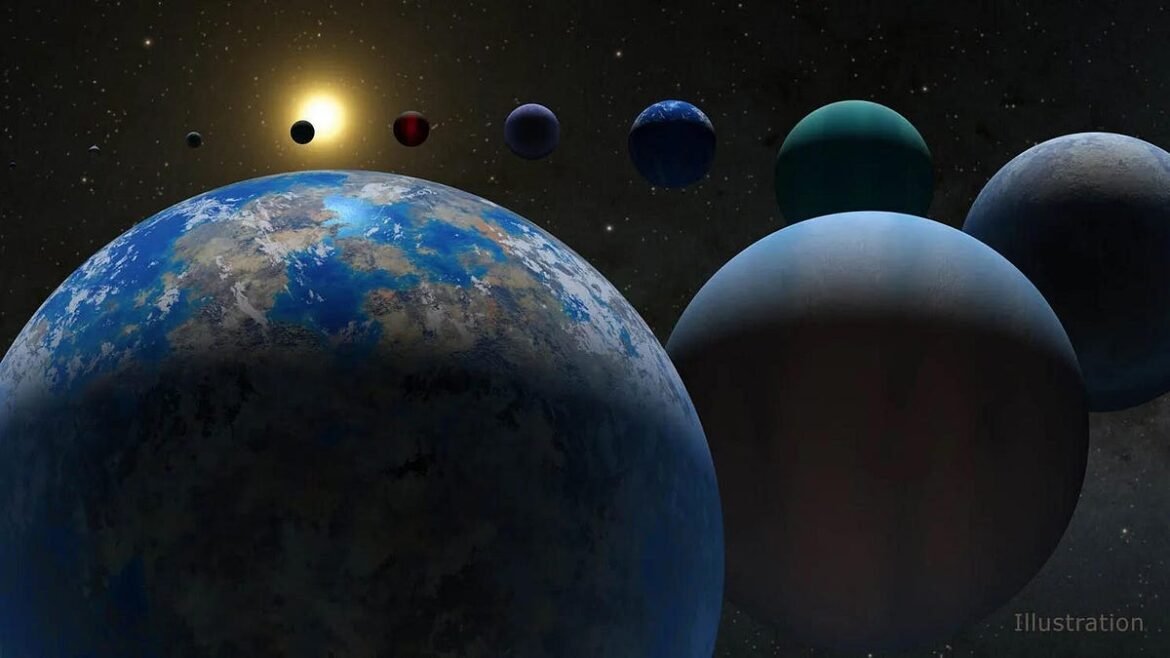The structure of our Solar System has been known for centuries. When we finally started finding exoplanets, they surprised everyone.
When you look to the glittering points of light in the night sky — the stars visible to the naked eye — do you wonder, as so many have before you, about the planets that orbit around them, and what types of conditions they have on them? How many worlds do they have, and are they rocky, icy, or gas-dominated in nature? What types of elements and chemical compounds are abundant on them, and do they have atmospheres, precipitation, and liquids on or beneath their surfaces? And, like we see on Earth, is it possible that there are life forms on any of those worlds, and if so, how are they similar to or different from life on our own planet?
Back in the year 1600, Giordano Bruno was infamously burned at the stake for asking such questions and suggesting creative answers; just a few years later, Johannes Kepler and Galileo Galilei would overthrow the geocentric picture of our Solar System and demonstrate that the Earth was not stationary and unmoving, but rather revolved around the Sun like any of the other planets. As time progressed, additional discoveries, like the law of gravitation, new planets, asteroids and periodic…

